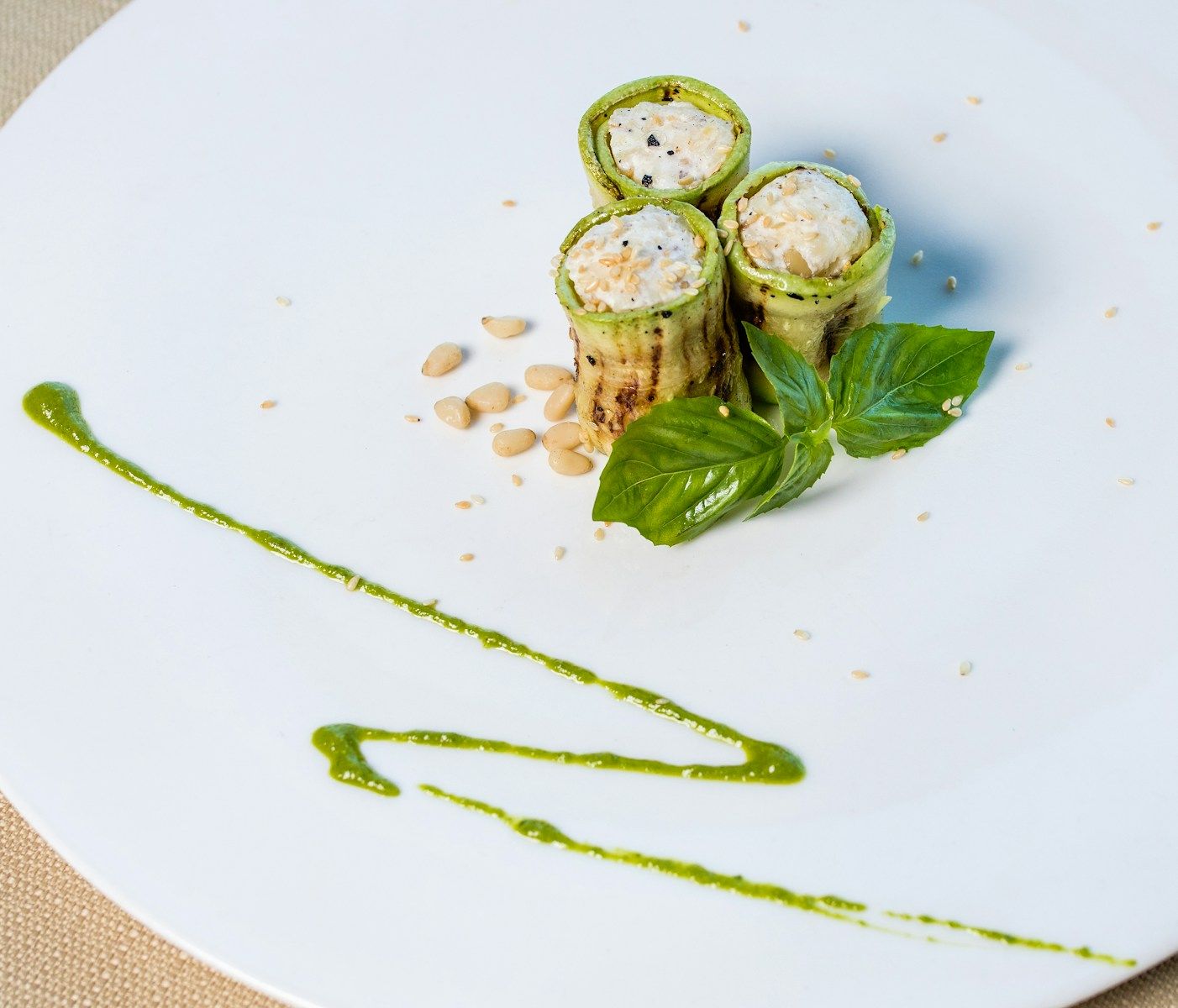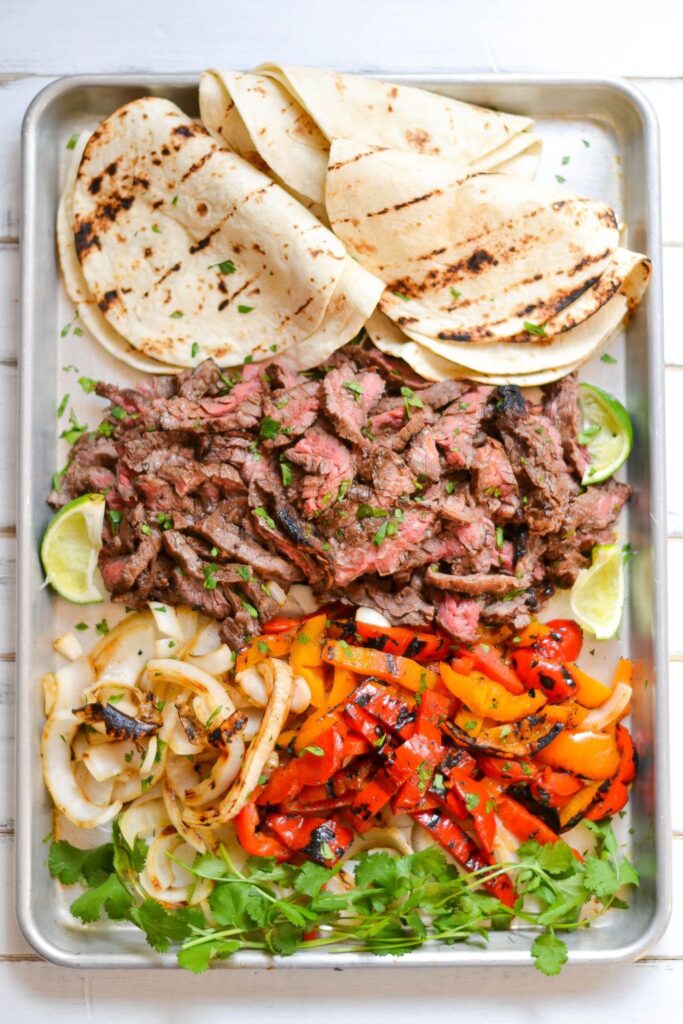
Dining out, especially at a restaurant helmed by a world-renowned chef, often feels like stepping into a realm of culinary magic and unspoken rules. We’ve all seen the dazzling TV shows, scrolled through countless food blogs, and probably formed a few strong opinions about how these gastronomic temples operate. But what if much of what we think we know about the inner workings of top-tier eateries, and the brilliant minds behind them, is actually… well, wrong? Get ready, because some of the most enduring urban legends of the restaurant world are about to be deliciously debunked.
It’s easy to assume a lot about an industry when you’re a frequent patron, but the reality behind the scenes can be vastly different from popular belief. From the intense kitchen dynamics portrayed on screen to the intricacies of tipping culture, there’s a fascinating world beneath the surface that patrons rarely get to see. To pull back that curtain, we’ve gathered insights from an all-star lineup of celebrity chefs — Kyle Connaughton, Jeff Ramsey, Antonia Lofaso, JJ Johnson, and Sarah Thompson — who are gearing up for the Revelry Culinary Weekend 2025 in Las Vegas.
These culinary titans are not just masters of their craft; they’re also truth-tellers, ready to set the record straight on some of the most persistent misconceptions about restaurant operations and the dining experience itself. So, prepare to have your preconceived notions challenged and your curiosity ignited as we dive into seven common myths that these celebrity chefs are eager to clarify. Your next dining experience might just feel a little different, armed with this insider knowledge!

1. **A Great Restaurant is Only Ever About the Food**Many of us, when we think of our absolute favorite dining spot, immediately picture a mouth-watering dish or a signature flavor that keeps us coming back. It’s a natural instinct, given that food is, after all, the primary product of any restaurant. This deep-seated belief often leads to the misconception that if the food is excellent, every other detail fades into insignificance, making the meal the sole arbiter of a restaurant’s success.
However, Chef Antonia Lofaso is quick to debunk this pervasive myth, explaining that while “of course, the food has to be excellent — that’s a given,” it’s far from the only ingredient in a winning recipe. A truly great restaurant, she insists, “is the sum of all its parts.” This means that the culinary creations, no matter how exquisite, are just one piece of a much larger, intricate puzzle that shapes the overall guest experience.
From the very moment a guest steps onto the property, every single detail plays a crucial role. Lofaso emphasizes that elements like “the cleanliness of the parking lot, the warmth of the host’s welcome, the lighting, the music, the attentiveness of the staff, even the way employees acknowledge guests as they pass” all contribute to the overall appeal and success of an eatery. These seemingly small touches accumulate to create a coherent and inviting atmosphere that can elevate or detract from the food itself.
Beyond these initial impressions, Lofaso points to other critical factors that contribute to a truly memorable dining experience. She highlights the importance of “comfortable seating, knowledgeable waitstaff, an attractive and easy-to-read menu, and elegant, well-presented cocktails.” In essence, the food, while vital, serves almost as the crowning glory, the “finishing touch” atop a meticulously crafted and immersive restaurant experience. It’s about a symphony of sensory delights and impeccable service, not just a solo performance by the plate.
Read more about: Navigating the Post-Grad Landscape: The Most Affordable College Towns for Recent Graduates
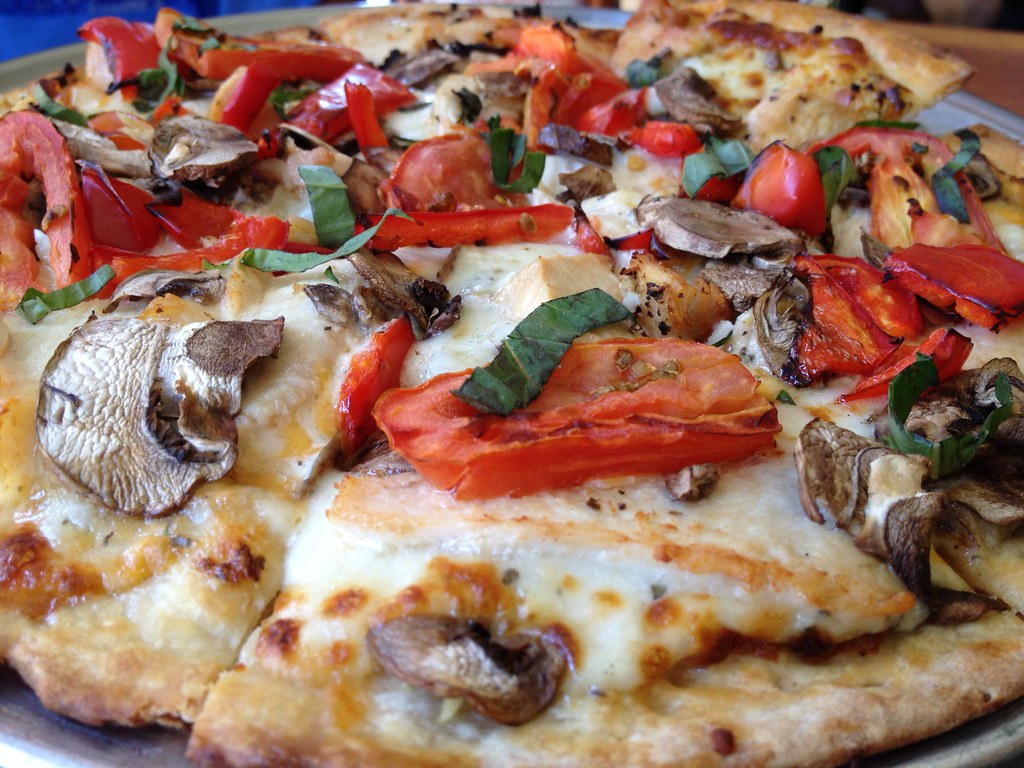
2. **The Food That Comes Out of Upscale Kitchens is Always Intricate and Complex**When we imagine dishes emerging from the kitchens of Michelin-rated establishments or restaurants run by celebrity chefs, our minds often conjure images of culinary wizardry: foams, gels, obscure ingredients, and plating so artistic it seems impossible to replicate. There’s a widespread belief that the more illustrious the reputation, the more impossibly creative and elaborate the food must be, pushing the boundaries of what home cooks could ever hope to achieve.
Yet, Chef JJ Johnson offers a refreshing counter-narrative, revealing that this is one of the “biggest myth[s] that the best food has to be complicated.” He points out that this assumption often stems from a fascination with perceived secret techniques and rare ingredients, leading diners to overlook the fundamental principles that truly define exceptional cuisine. The reality, he explains, is far more grounded and, in many ways, more profound.
“People think we’re using all these crazy secret techniques and ingredients you can’t find at home,” Johnson says, but he clarifies that the real magic often lies elsewhere. He stresses that “it’s really about taking simple, fresh things and treating them with respect.” This philosophy underscores that mastery in the kitchen isn’t always about dazzling complexity, but rather a deep understanding of ingredients and how to coax their inherent flavors to the forefront.
A truly skilled chef understands that the integrity of a dish is intrinsically linked to the quality of its components. While sophisticated cooking methods certainly play a role in elevating a meal, Johnson emphasizes that “a great dish, in a restaurant or at home, is about knowing how to make a few good ingredients truly shine.” This focus on fundamental excellence often begins long before the ingredients ever reach the cutting board, through maintaining strong, longstanding partnerships with farmers who cultivate produce and raise animals with utmost care and respect for both the environment and the product itself.
Diners, naturally, are often captivated by “the flashy techniques or expert preparation,” leading them to believe that these visible elements are what solely define a great meal. However, they are “less likely to see the care and expertise that happens before the ingredients even reach the kitchen,” missing the vital groundwork that makes those simple, fresh items taste truly extraordinary. It’s a testament to the power of quality and respectful handling over sheer intricate elaboration.
Read more about: Taste of History: 14 Iconic Recipes from U.S. Presidents and First Ladies to Try at Home
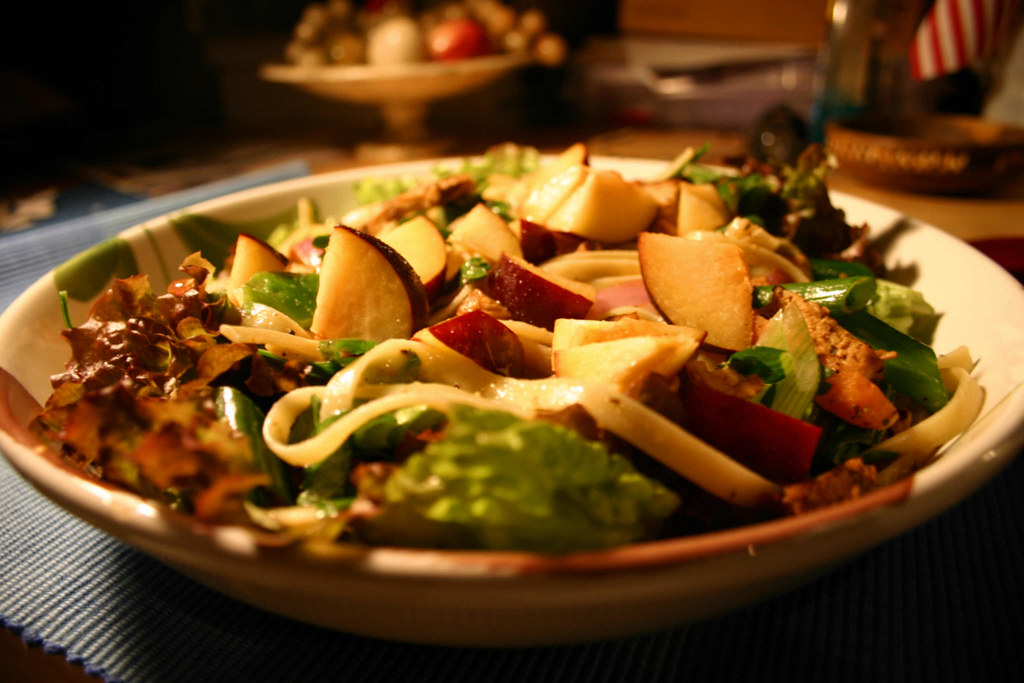
3. **Media Portrayals of Restaurant Kitchens Are Always Accurate**In recent years, television shows like “The Bear” and films such as “Boiling Point” and “The Menu” have become immensely popular, offering audiences what appears to be an unvarnished, high-octane glimpse into the world of professional kitchens. These portrayals often depict a harsh, fast-paced environment characterized by relentless screaming, intense interpersonal drama, and even the occasional thrown utensil. It’s a vision of culinary chaos that many viewers now accept as the absolute truth of restaurant life.
However, the reality of cooking in a professional restaurant, according to the chefs who live it every day, is often quite different from these dramatic on-screen spectacles. Chef Sarah Thompson addresses this specific misconception head-on, remarking that the idea of restaurant kitchens being perpetually stressful work environments is largely a myth. She highlights a significant evolution in industry leadership, explaining that “in recent years, leadership has evolved to be more empathetic, inclusive, and focused on mentorship.”
Thompson emphasizes that successful kitchens are not built on fear or constant confrontation. Instead, they thrive on fundamental principles: “Kitchens are built on mutual respect, communication, and teamwork,” she asserts. When “a diverse group of industry leaders comes together with a shared goal,” the result is not only a harmonious workspace but also, ultimately, “a memorable dining experience” for the guests. This collaborative spirit stands in stark contrast to the cutthroat competition often sensationalized by media.
Chef Kyle Connaughton echoes this sentiment, offering a practical perspective on why the cinematic chaos simply wouldn’t work in a real-world, high-stakes culinary setting. He poses a logical question: “If professional kitchens were actually [chaotic and loud], we wouldn’t be able to produce all of the beautiful dishes that require a lot of coordination and teamwork to execute.” The precision and artistry required for fine dining demand an environment of control, not pandemonium.
In Connaughton’s experience, and that of many top chefs, “in reality, things are generally very calm, pre-organized, pre-planned, and practiced.” He further elaborates on the stark difference between TV and actual restaurant work, noting that “TV often portrays cooking as this sort of perpetual competition, which is very far away from what we actually do in the restaurant world — it really isn’t competitive at all, but is in fact about taking care of guests.” This core mission of hospitality and care is often lost amidst the dramatized depictions.
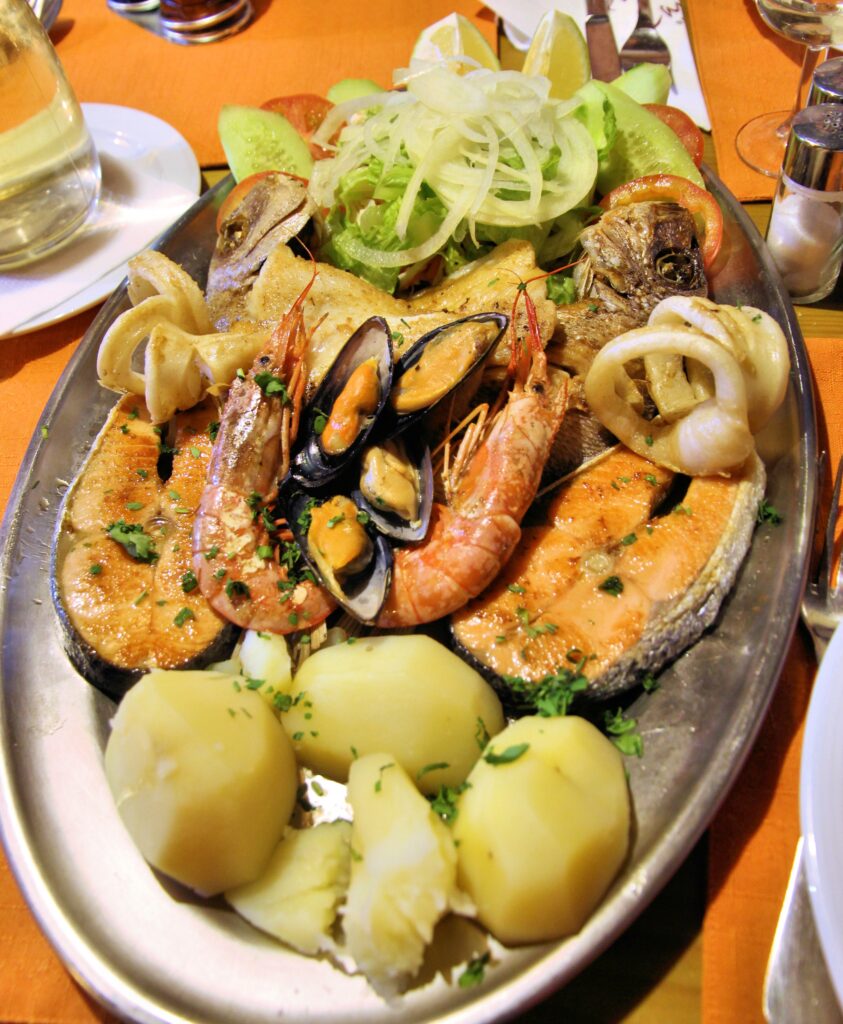
4. **The Restaurant Industry (Staff) Loves Tipping Culture**Tipping is a deeply ingrained, yet often contentious, practice within American dining culture, with a long and controversial history that continues to spark debate. Diners are now routinely expected to add around 20% to their bill, assuming the service met expectations. While this practice is designed to supplement staff income, it’s objectively complicated and sometimes stressful for guests to navigate, and it’s not always a straightforward boon for restaurant staff either.
The common misconception often posits that all front-of-house staff unequivocally prefer tipping culture, primarily because it offers the potential to earn significantly more money than a fixed hourly wage. It’s easy for diners to assume that the extra cash in a server’s pocket makes the system universally beloved by those who directly benefit from it. However, the reality within the restaurant industry is far more nuanced, revealing significant challenges and inequities.
Chef Kyle Connaughton sheds light on a major hurdle created by the gratuity system. He explains that “one of the things in restaurants […] that we really struggle with is making sure that there’s equity across all positions.” The disparity in earnings between tipped positions and non-tipped or salaried management roles can be substantial, creating an uneven playing field and disincentivizing career progression within the establishment. This imbalance can lead to staff retention issues and make it difficult to foster a cohesive team.
Connaughton elaborates on this point, noting that “because gratuities can be so high, oftentimes it can be difficult to find people who want to move into management roles.” The perceived financial sacrifice of transitioning from a highly tipped role to a salaried management position can be a significant deterrent. A promotion “doesn’t necessarily mean that you’re going to be making more money,” he reveals, often meaning that the incentive is simply “an opportunity for a more regular schedule, or growth, or a learning opportunity,” rather than a financial upgrade.
Ultimately, Connaughton points out that tipping only persists because diners are still willing to partake in it. He suggests that the industry’s compensation structure would undoubtedly evolve if tipping ever fell out of favor with guests. He challenges the prevailing assumption that this system is inherently beneficial, stating that tipping “may not be what’s best for restaurant employees,” and that as a culture, “we need to decide if we want it to continue or not.”

5. **Eating With Your Hands at a Restaurant is Always Frowned Upon**The unspoken rules of dining etiquette can be a minefield, particularly in upscale establishments where formal manners are often anticipated. Most of us understand that a fine dining experience typically calls for a certain degree of politeness and adherence to accepted norms, largely involving the use of cutlery. This understanding can sometimes lead us to err on the side of caution, abstaining from certain actions out of fear of offending, even when they might be perfectly acceptable or even preferable.
This myth, which centers around the physical act of eating, rather than behind-the-scenes operations, becomes especially pronounced when venturing into the realm of international cuisine. Here, traditional dining norms can vary wildly from what we’re accustomed to. Particularly with Japanese cuisine, and sushi in particular, a litany of persistent, etiquette-related myths abound in the U.S., many of which are simply untrue.
Sushi Chef Jeff Ramsey, a master of his craft, is eager to put one of these common myths to bed. Far from frowning upon the practice, he explicitly states that he “actually encourages guests to eat sushi with their hands at his restaurant.” This directive comes as a surprise to many, who have been conditioned to believe that chopsticks are the only proper tools for enjoying sushi in a refined setting.
Ramsey explains the practical and cultural reasons behind this encouragement. He notes that “fish and rice tend to be very delicate,” making them susceptible to being crushed or mishandled by chopsticks, especially for those less accustomed to using them. For this reason, “using your bare fingers is often preferred in most sushi restaurants in Japan,” where the tradition originates and is deeply respected.
At Mizumi at Wynn Las Vegas, Chef Ramsey and his team extend this cultural practice to their guests. He emphasizes, “We encourage our guests to use their hands when dining at the sushi bar […] as a way to truly immerse themselves in the Japanese culture and spirit.” It’s an invitation to experience the meal authentically, breaking down preconceived notions and fostering a deeper connection to the culinary tradition.
Read more about: Insider’s Guide: 14 Critical Mistakes to Absolutely Avoid When Traveling Overseas

6. **There’s a Best Time — Either of the Day or Week — to Visit a Restaurant**Many avid diners harbor a strong belief that there are optimal times to visit a restaurant to ensure the best possible experience. This isn’t just a casual preference; some patrons vehemently declare that the food tastes better, the service is more attentive, or the atmosphere is more refined at specific hours or on particular days of the week. You might hear recommendations to dine early in the evening, or perhaps to avoid the weekend rush or even Mondays.
This myth is often fueled by anecdotal evidence or the occasional less-than-perfect experience, leading to the assumption that restaurant quality fluctuates predictably based on the calendar or clock. The truth, however, is that a truly reputable restaurant strives for, and often achieves, remarkable consistency, making such strategic timing largely unnecessary. The expectation that a good establishment would be so inconsistent that its quality varies significantly based on time is itself a misconception.
Chef Kyle Connaughton is keen to debunk this myth, asserting that “restaurants are actually very consistent.” He emphasizes that the rigorous training, meticulous planning, and high standards maintained by quality establishments ensure that the dining experience remains consistently excellent, regardless of the day or time. A restaurant’s reputation is built on reliability, not on hitting specific windows of peak performance.
In fact, Connaughton offers a counter-intuitive piece of advice for those seeking a superb experience. He suggests that “oftentimes going earlier in the week, including Monday, is one of the best times to catch a restaurant at its best.” This can be due to a slightly less bustling environment, allowing staff to be particularly focused, but it doesn’t imply a dip in quality later in the week. Rather, it highlights that excellent service and food are available throughout the operating schedule.
Ultimately, the core message from Chef Connaughton is one of reassurance for diners: “In reality, you should be having the same experience at any time, no matter what day you go or what time you book.” This steadfast commitment to consistency means that the pursuit of a “best time” is often a fruitless endeavor, as a good restaurant is designed to deliver a stellar experience whenever its doors are open.
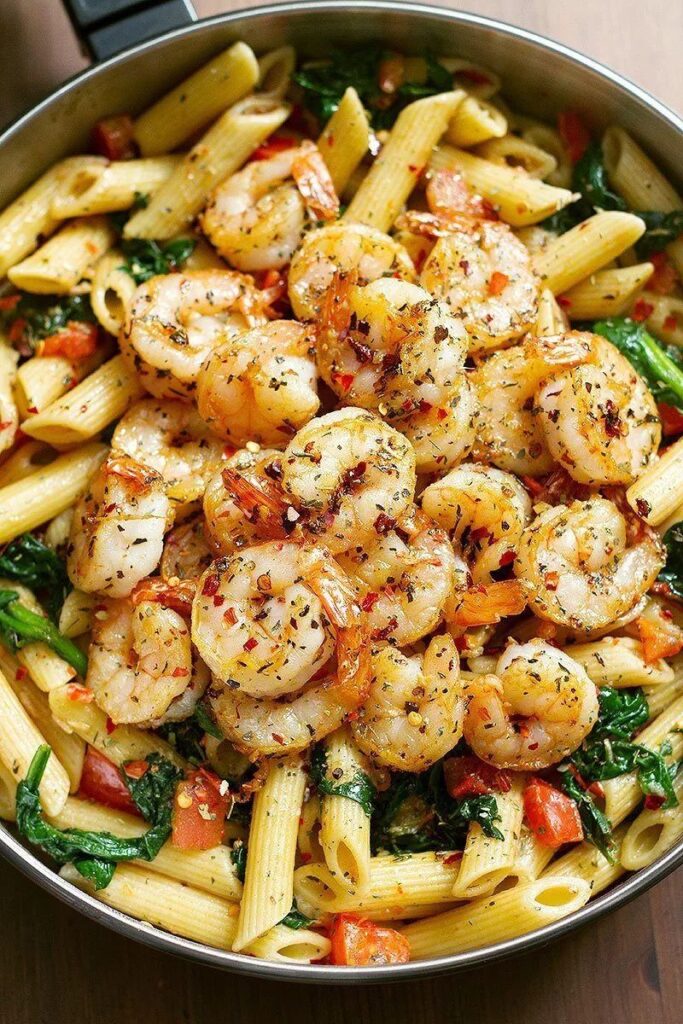
7. **If a Restaurant Has a Good Reputation, Everyone Will Enjoy It**Imagine buying a luxury item—a high-end, perfectly tailored suit, perhaps. It fits you beautifully, feels incredibly comfortable, and you receive countless compliments. It’s a fantastic piece, undoubtedly. But does its excellence and your personal enjoyment guarantee that it will look and feel great on *everyone* who tries it on? Not at all. The same principle, surprisingly, applies to restaurants, even those with stellar reputations.
An overwhelmingly positive reputation, garnered through rave reviews, accolades, and word-of-mouth, is certainly “often indicative of a good restaurant.” It signals quality, consistency, and a certain level of excellence. However, this doesn’t automatically translate into universal enjoyment for every single person who dines there. The vast and diverse world of culinary styles means that what one person loves, another might simply not connect with.
Chef Kyle Connaughton provides invaluable guidance on this point, reminding restaurant patrons not to blindly settle for an eatery “based solely on ratings and accolades alone.” He advocates for a more personal and proactive approach to choosing where to dine. The sheer variety available today means that there’s truly something for every palate, and personal preference should play a significant role in the decision-making process.
Connaughton encourages diners to engage in “doing your own research and finding the types of restaurants, cuisines, and ethos that really speak to you.” He acknowledges that “there’s so much variety out there now and not everything is to everybody’s unique taste,” a crucial point often overlooked in the chase for the highest-rated spots. A truly wonderful dining experience, he suggests, is deeply personal and tailored.
It’s about “finding what types of experiences you think you would enjoy, and what might challenge you to learn (and try) something new.” This advice moves beyond passive consumption of reviews to active engagement with one’s own preferences and culinary adventurousness. A good reputation points to quality, but your personal satisfaction comes from aligning that quality with your individual taste and desired experience.
Read more about: Insider Secrets Revealed: Your Ultimate Lifehacker Guide to Unlocking Maximum Savings at Costco and Sam’s Club

8. **The Overarching Reality of Celebrity Chef Involvement**Many of us envision celebrity chefs as perpetually present in their kitchens, orchestrating every dish, tasting every sauce, and personally overseeing every aspect of a diner’s experience. This mental image is often fueled by their high-profile television appearances and the allure of their celebrated names. It’s a natural assumption to believe that their direct, daily culinary touch is what truly defines the success of their famed restaurants, placing them firmly at the helm of day-to-day operations.
However, the truth behind the apron is considerably more complex than this idyllic vision suggests. “In reality, most celebrity chefs do not cook in their restaurants on a daily basis,” a fact that might surprise many ardent food enthusiasts. Their extensive commitments extend far beyond the confines of a single kitchen, encompassing a vast array of other professional responsibilities that demand their attention.
With “multiple establishments to oversee, television shows to film, and other business ventures to attend to,” it becomes logistically “impractical for them to be physically present in the kitchen all the time.” The sheer scope of their culinary empires, which often include cookbooks and product lines alongside various restaurants, necessitates a different approach to their involvement. This isn’t a sign of detachment, but rather a strategic necessity for managing a global brand.
Instead of constant hands-on cooking, these culinary luminaries often adopt a more managerial and visionary role, relying heavily on their dedicated teams. They trust “experienced executive chefs and skilled kitchen staff to manage the daily operations and prepare dishes according to their recipes and standards.” This organizational structure allows the celebrity chef to focus on maintaining the brand’s overarching vision and quality across all their ventures, rather than being tied to a single stove.
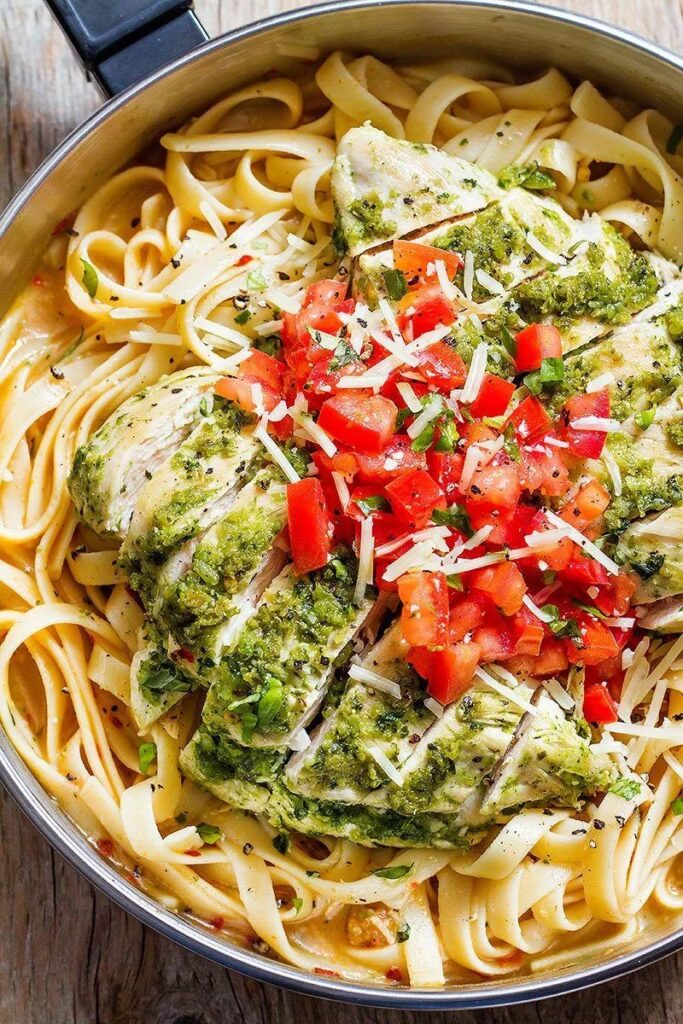
9. **Beyond the Burners: The Chef’s Enduring Presence**While it’s a common misconception that celebrity chefs are constantly working the line in their restaurants, their absence from daily cooking doesn’t equate to a complete disengagement. The idea that these culinary masters are entirely detached, leaving their establishments to run on autopilot, simply doesn’t hold up under scrutiny. Their name on the door carries immense weight, and ensuring that name retains its luster requires significant, albeit often behind-the-scenes, input.
The reality is far more nuanced, revealing a strong, albeit different, form of involvement. “This does not mean that celebrity chefs are completely detached from their kitchens, however,” according to insights from the industry. Instead, they maintain a profound and influential presence, guiding their establishments in ways that are crucial for upholding their renowned standards and culinary identity.
Many of these celebrated figures “still maintain a strong presence and are involved in menu planning, quality control, and staff training.” These critical areas represent the pillars of a restaurant’s success, directly shaping the guest experience and ensuring that the chef’s original vision is consistently executed. Their involvement here ensures that the core culinary philosophy and quality benchmarks are always met, regardless of their physical location.
Menu planning, for instance, is where their creative genius continues to shine, dictating the dishes that will define the restaurant’s offering. Quality control ensures that every ingredient and every plate lives up to the exacting standards associated with their name. Furthermore, investing in staff training cultivates a team capable of flawlessly translating their culinary philosophy into reality, making sure the essence of the celebrity chef’s craft permeates every aspect of the dining experience.

10. **Building and Navigating Culinary Empires**The notion of a celebrity chef often conjures an image of a singular, brilliant individual presiding over a single, magnificent restaurant. However, this perception dramatically underestimates the scale and complexity of their actual operations. The truth is, many of these culinary figures have transcended the traditional role of a head chef to become formidable entrepreneurs, helming vast and diversified “culinary empires.”
These empires are not confined to just one or two dining establishments. Instead, they represent sprawling business ventures that extend across multiple platforms and industries. As the context points out, “many of them building culinary empires that include restaurants, cookbooks, television shows, and product lines.” This multi-faceted approach allows them to leverage their brand and expertise in numerous lucrative ways, reaching audiences far beyond those who can dine at their tables.
Managing such a diverse portfolio requires a blend of creative vision and shrewd business acumen. Each component, from a Michelin-starred restaurant to a line of kitchenware or a best-selling cookbook, demands careful strategic planning and oversight. It’s a testament to their entrepreneurial spirit that they can maintain the high standards associated with their name across such varied enterprises, continually expanding their reach and influence.
The existence of these empires fundamentally shifts the nature of their involvement. They evolve from being solely chefs to becoming brand architects, business strategists, and media personalities. Their focus broadens to encompass the entire ecosystem of their brand, ensuring consistency and growth across all ventures. This intricate web of responsibilities is a defining characteristic of modern celebrity chefs, moving them far beyond a simple role in a single kitchen.
Read more about: From ‘Siesta Key’ to Billions: Unpacking Sam Logan’s Unexpected Fortune and Strategic Empire Building

11. **Customer Expectations: The Reality of Meeting the Chef**For many diners, especially those making a special trip to a celebrity chef’s establishment, there’s an unspoken hope—perhaps even an expectation—of catching a glimpse of the culinary mastermind themselves. Picture it: a quick handshake, a brief word, or even just seeing them command their kitchen. This desire to connect with the renowned chef adds another layer to the dining experience, making it feel more personal and exclusive.
It’s a common scenario where patrons ask, “Can customers expect to meet celebrity chefs at their restaurants?” The allure of such an encounter is undeniable, transforming a meal into a memorable event beyond just the food. However, the operational realities of running a high-profile restaurant, let alone a culinary empire, make these spontaneous meetings a rare occurrence rather than a regular event.
As previously highlighted, celebrity chefs are typically engaged in a multitude of endeavors that keep them away from the daily kitchen grind. Their schedules are packed with “multiple establishments to oversee, television shows to film, and other business ventures to attend to,” leaving little room for routine appearances in the dining room. Their roles have evolved to encompass broad oversight and strategic direction rather than daily presence.
While it’s not impossible to encounter a celebrity chef at their restaurant, especially during special events, promotions, or if they happen to be in town for other business, it’s certainly not something patrons should count on. Setting realistic expectations can help diners fully appreciate the exceptional work of the entire culinary team, knowing that the chef’s influence, though perhaps not physically present, is profoundly felt in every detail of the exquisite experience.
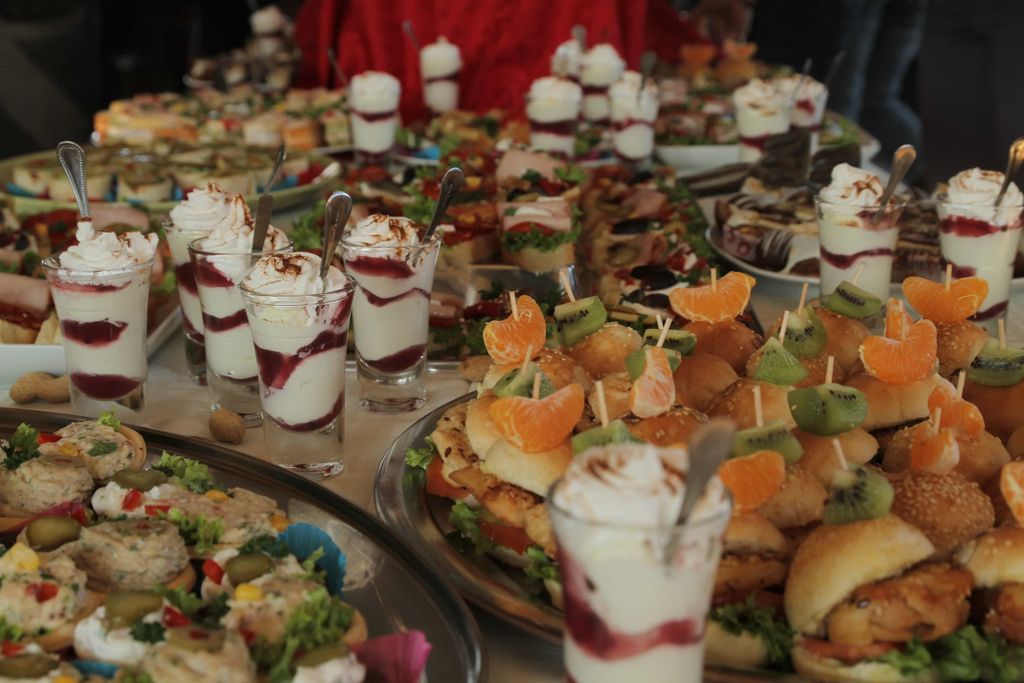
12. **Ensuring Quality from Afar: The Chef’s Invisible Hand**One might wonder how a celebrity chef can maintain the impeccable standards their name represents when they are not physically present in their restaurant’s kitchen every day. The perception could be that quality might waver without the direct, constant supervision of the master. This leads to a crucial question: “How do celebrity chefs ensure the quality of their restaurants when they are not present?” It’s a valid concern for anyone investing in a high-end dining experience.
The answer lies in a meticulous system of oversight, training, and trust in their core team. Far from being a detached proprietor, the celebrity chef actively implements strategies to guarantee consistency and excellence. As the context reveals, these chefs “still maintain a strong presence and are involved in menu planning, quality control, and staff training.” These are not mere suggestions; they are robust systems put in place to ensure the chef’s vision is executed flawlessly.
Menu planning, for instance, is a collaborative yet chef-led process, ensuring that every dish reflects their unique culinary philosophy and taste profile. Rigorous “quality control” measures are established for ingredients, preparation techniques, and presentation, acting as checkpoints to uphold the brand’s reputation. This meticulous attention to detail means that standards are embedded into the operational DNA of the restaurant.
Furthermore, comprehensive “staff training” is paramount. Executive chefs and key personnel are often hand-picked and trained directly by the celebrity chef, becoming custodians of their methods and ethos. This empowers the local team to consistently deliver the high-caliber experience diners expect, acting as the chef’s eyes, hands, and palate in their absence. It’s a testament to the power of a well-defined system and a highly skilled team that ensures quality regardless of distance.
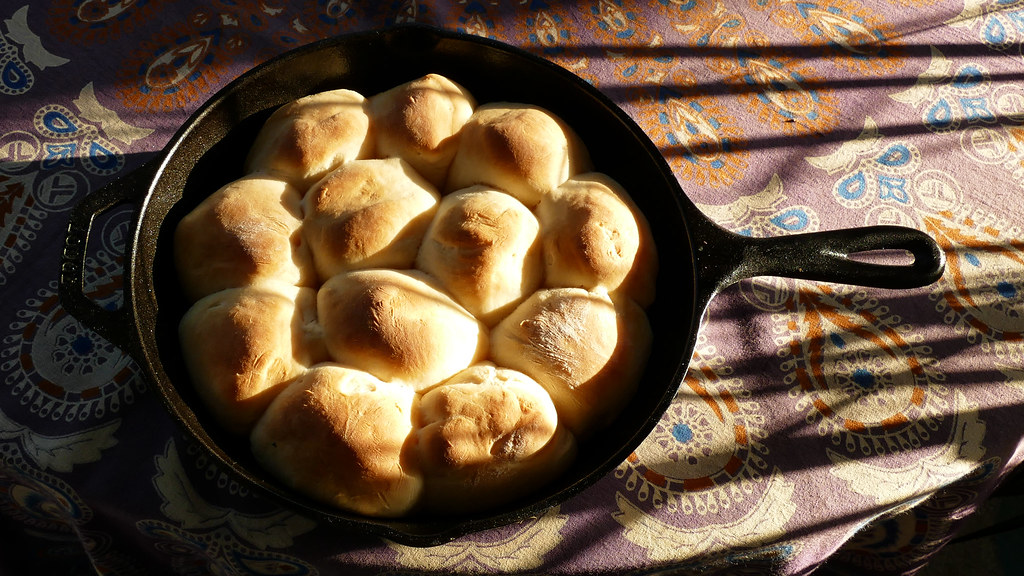
13. **The Delicate Dance: Balancing Business and Media Careers**The image of a celebrity chef is intrinsically linked to their presence across various media platforms—from captivating cooking shows and competitive reality series to glossy magazine spreads and social media campaigns. This widespread visibility is a cornerstone of their celebrity status, yet it raises a pertinent question about their professional commitments: “How do celebrity chefs balance their restaurant businesses with their media careers?” It’s a juggling act that demands immense skill and strategic planning.
The answer highlights a fundamental shift in the definition of a chef in the modern era. They are no longer just culinary artists confined to the kitchen; they are formidable media personalities and astute business strategists. Their “multiple establishments to oversee, television shows to film, and other business ventures to attend to” are not separate endeavors but rather interconnected facets of a single, expansive brand.
This intricate balance necessitates a careful allocation of time and resources. Media appearances and business meetings are often scheduled around crucial restaurant operations, or even become integral to promoting their culinary ventures. A television show, for example, might not only entertain but also serve as a powerful marketing tool for their latest cookbook or newest restaurant opening, creating a symbiotic relationship between their different roles.
Ultimately, their media careers often feed directly into the success of their restaurant businesses, and vice-versa. The visibility gained from television helps draw patrons to their dining rooms, while the excellence of their restaurants reinforces their authority and credibility as culinary experts. It’s a complex, demanding, yet ultimately rewarding synergy that allows these chefs to thrive both in the culinary world and the public eye, constantly expanding their influence and reach.

14. **The Strategic Reliance on Expert Teams**Beyond individual responsibilities, a key, often unseen, aspect of how celebrity chefs manage their diverse enterprises is their profound reliance on highly competent and trusted teams. The idea that one person can personally manage every detail of a multi-faceted culinary empire is simply unrealistic. Instead, successful celebrity chefs master the art of delegation and team building, empowering others to uphold their vision.
This strategic delegation is not a sign of disinterest but a necessity for scaling their brand and maintaining excellence across all platforms. As the context implies by highlighting the role of executive chefs in managing daily operations and ensuring high standards, a celebrity chef’s effectiveness is amplified through the capabilities of their skilled staff. These teams are the backbone that allows the celebrity chef to juggle their vast commitments.
The executive chefs, in particular, are pivotal. They are often “responsible for overseeing the kitchen staff, managing inventory, and ensuring that dishes are prepared to the highest standards.” This level of responsibility means they are not merely employees but trusted partners who embody the celebrity chef’s culinary philosophy and operational precision, acting as vital conduits for their overall vision.
In many cases, these executive chefs have developed a “deep understanding of their culinary vision and techniques” through years of working closely with the celebrity chef. This long-standing collaboration fosters continuity and consistency, allowing the celebrity chef to confidently focus on “recipe development, menu engineering, and kitchen design” at a higher, strategic level, knowing their daily operations are in expert hands. It’s the collaborative power of these expert teams that truly enables a celebrity chef’s success.
Read more about: $200 Million Mistake: The 15 Financial Decisions That Sank Iconic Celebrities’ Fortunes
So, there you have it – a delicious dive into the intricate world behind the celebrity chef phenomenon. It turns out that while we might dream of them personally plating our appetizers, the reality is a far more fascinating tapestry of entrepreneurial genius, strategic delegation, and visionary leadership. These culinary titans are not just cooks; they’re brand builders, quality guardians, and orchestrators of complex operations, ensuring that their names represent excellence, whether they’re stirring a pot or signing a book deal. The next time you visit a celebrity chef’s restaurant, you’ll savor not just the food, but the sophisticated system and dedicated team that bring that celebrated vision to life.

